Horizontal hydraulic fractures in ResFrac

Horizontal hydraulic fracture propagation is believed to be widespread in shale plays where the frac gradient approaches the overburden – such as the Vaca Muerta, Utica, and Montney. However, horizontal propagation is nearly always ignored in hydraulic fracture modeling. In ResFrac, we are obsessed with ‘getting the physics right’, and so naturally, we extended our simulator to handle horizontal fracturing. The first version of this new capability was released earlier this year. We are eager to start collecting feedback from users, which will help us to fine tune the algorithm and workflow.
Advanced ‘proppant transport in the well’ capabilities are now implemented in ResFrac!

Proppant transport in the well is an intriguing topic that has attracted a lot of interest in recent years [1-8]. Proppant transport processes determine the uniformity of proppant placement, which has a direct impact on productivity. Cipolla et al. estimate that the difference between poor and excellent proppant uniformity is about $2.5M in net present value per well.
Digesting the Bonkers, Incredible, Off-the-Charts, Spectacular Results from the Fervo and FORGE Enhanced Geothermal Projects

I’m out of superlatives – I used them all up in the title. But seriously – Enhanced Geothermal System (EGS) projects have had a really, really good summer. In this article, I summarize the results that have been recently presented by Fervo and FORGE. At their annual Tech Day and in a white paper posted this week (Norbeck et al., 2024), Fervo Energy provided their first update on Project Cape, a Utah project where they are developing 400 MWe of new production over the next two years. So far, fourteen wells have been drilled, and three of them have been stimulated.
Previewing the Seven(!) ResFrac Papers to be Presented at the Unconventional Resources Technology Conference
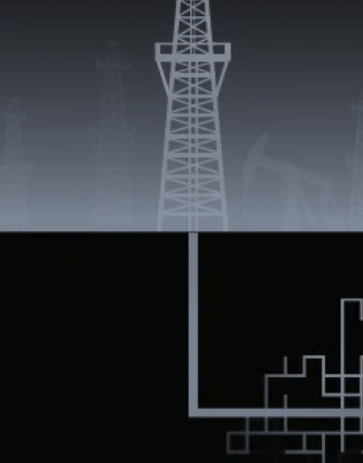
Next week, ResFrac will be coauthoring seven papers at the Unconventional Resources Technology Conference (URTeC). These papers include: operator case studies in the Haynesville, Marcellus, and Bakken, a study quantifying the effect of proppant uniformity on production and economics, a new procedure generalizing the Devon Quantification of Interference (DQI) method, and an excellent paper by a University of Texas PhD student on proppant flowback.
Introducing StageOpt – State-of-the-Art Calculations for Optimizing Perforation Design
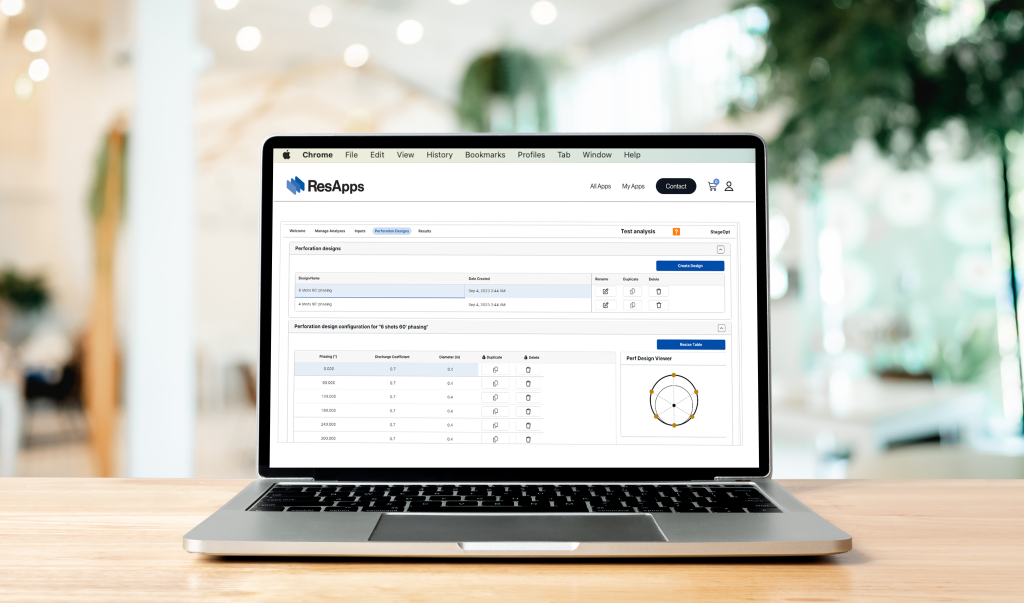
ResFrac Corporation is built around the ResFracPro simulator, which is the only commercial simulator that fully integrates genuine hydraulic fracture modeling and reservoir simulation. Now, we are broadening to build a complementary suite of apps – which we are called ‘ResApps.’
Thermoelastic fracturing and buoyancy-driven convection – Surprising sources of longevity for EGS circulation
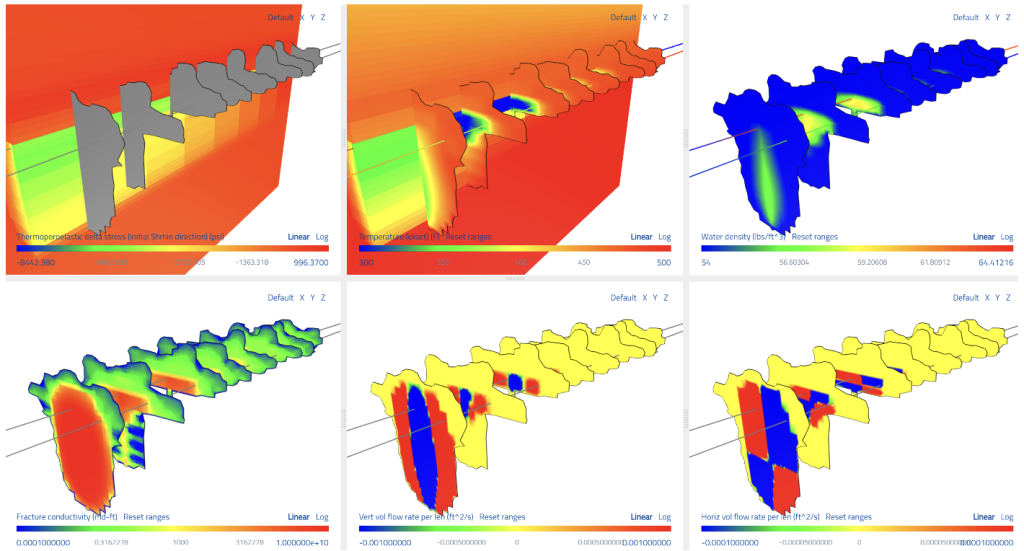
To maximize value from an EGS system, we need to optimize flow rate, well spacing, and well configuration. These engineering decisions will make the difference between a money loser and a cash cow. I’ve recently run ResFrac simulations of long-term EGS circulation and observed some surprising and intriguing results.
Fervo Energy’s ‘Project Red’ Results Are a Historic Breakthrough for Geothermal Energy – What Comes Next?
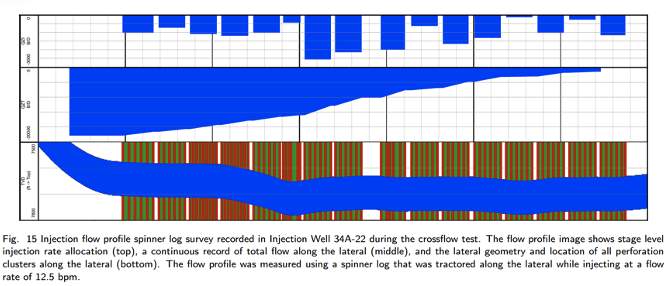
Fervo Energy announced the results from their ‘Project Red’ pilot in northern Nevada (Norbeck and Latimer, 2023; Ma, 2023). The results are spectacular. For nearly 50 years, the goal of Enhanced Geothermal Systems (aka, Hot Dry Rock) has been to convert low permeability, hot formations into economically viable geothermal reservoirs (Murphy et al., 1977). Success has been elusive. During stimulation, flow tends to localize into a small number of flowing fracture pathways. This limits the flow capacity and heat sweep efficiency of the resulting reservoir.
A New Approach for Interference Test Analysis: Quantifying the Degree of Production Impact
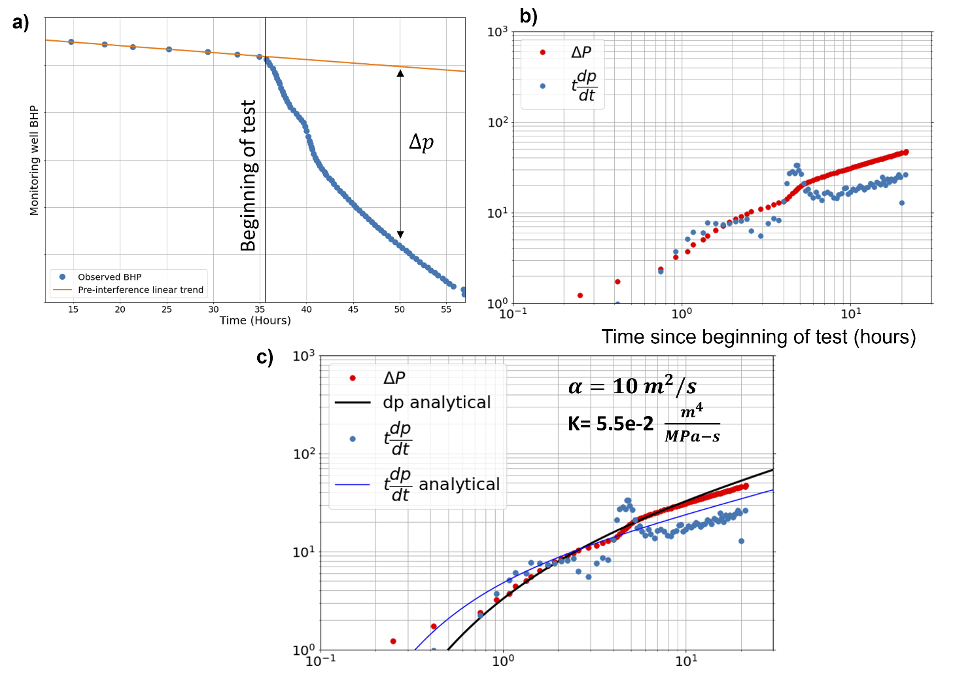
This blog post summarizes a new procedure for interpreting interference tests in shale. The full procedure and a detailed writeup are provided by Almasoodi et al. (2023). Interference tests are one of the most effective diagnostics for assessing communication between neighboring wells. This information is critical for optimizing completion design and well spacing.
Optimization of perforation orientation for achieving uniform proppant distribution between clusters
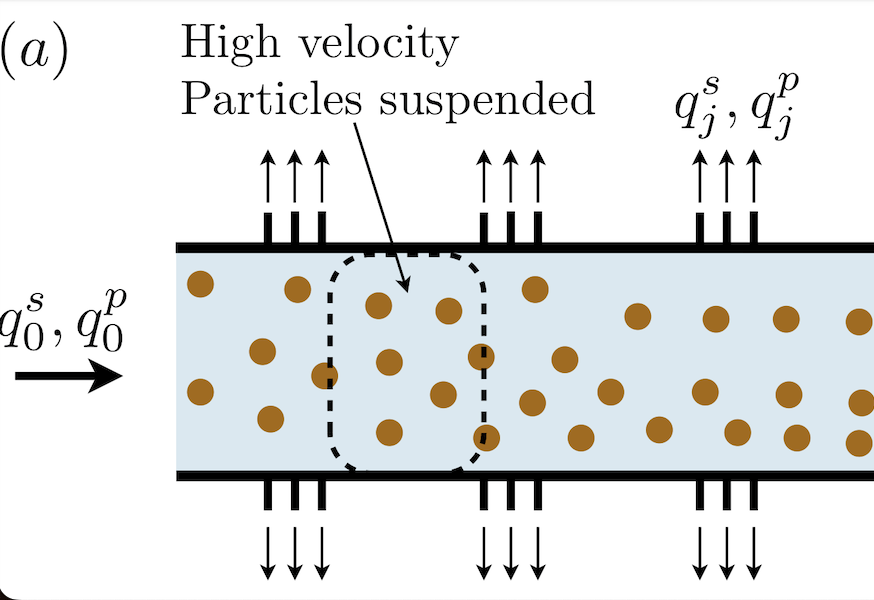
Previously, a mathematical model for the problem of slurry flow in a perforated wellbore was described and the underlying physical mechanisms were discussed. The purpose of this blog post, on the other hand, is to couple the model with an optimization algorithm to investigate optimal perforation orientations that lead to the desired uniform proppant distribution between perforations. A brief description of the model is added at the beginning to cater for readers who are not familiar with the previous blog post.
Interesting papers from the 2023 SPE Hydraulic Fracturing Technology Conference

The 2023 SPE Hydraulic Fracturing Technology Conference was last week, and as usual, it had an outstanding lineup of papers and speakers. This blog post has a brief lineup of some of the papers that I found most interesting. As in past years, this rundown focuses on papers that I found interesting, based on my own personal interests. Usually, I am most interested in papers that improve our understanding ‘what’s going on’ in the subsurface. Also, I coauthored a paper at the conference, so naturally, I can’t help but include it on this list!
Proppant distribution between perforation clusters
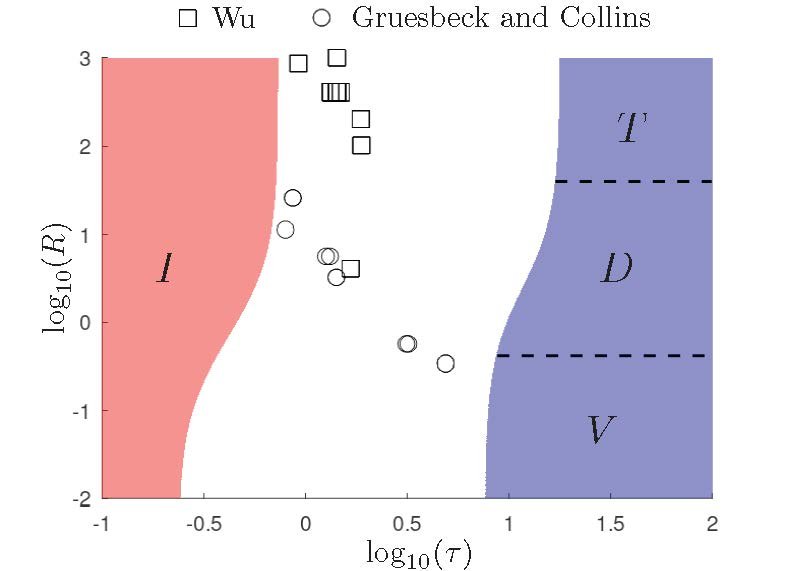
This blog post summarizes the model for calculating proppant distribution between perforation clusters. A very detailed description of the model and literature review are available in [1]. The purpose here is to outline the model and its main features, to demonstrate the comparison with some of the available data (more comparisons in [1]), as well as to discuss limiting cases and sensitivities to various parameters. This blog post is solely focused on presenting the mathematical model. In future work, the results will be applied to practical optimization decisions.
ResFrac’s Automated Economic Optimization Tool
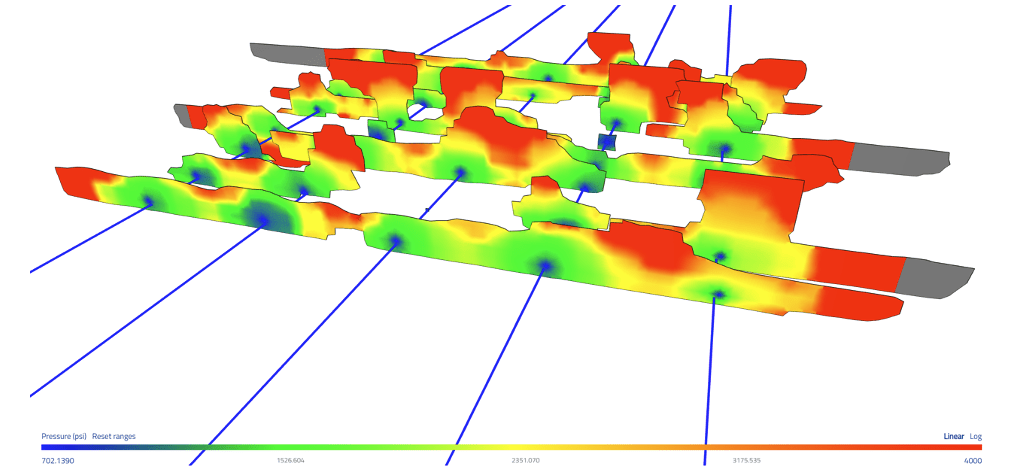
ResFrac’s automated optimization tool allows you to quickly and easily identify the economically best well spacing and frac design. This blog post steps through a simple demo of our built-in economics engine that is similar to those used by commercial software in the industry. It accounts for details such as working interest, different types of taxes, time-varying operations cost, etc.